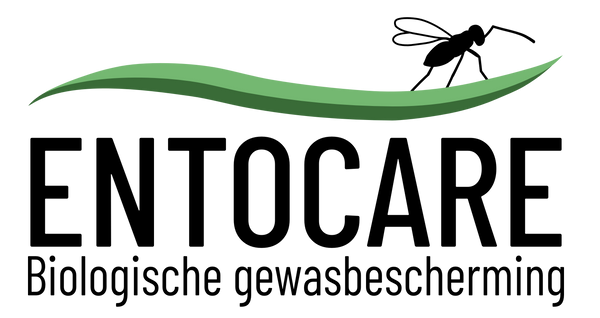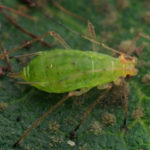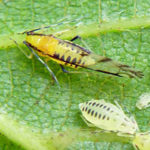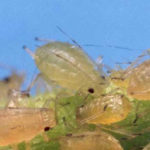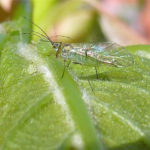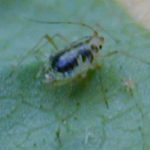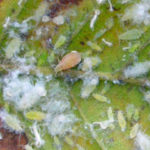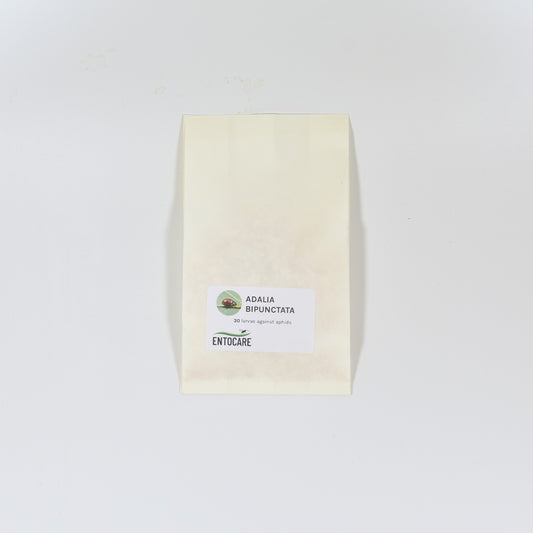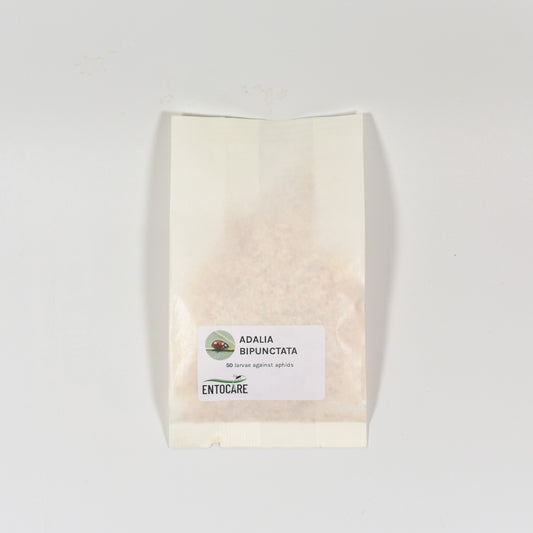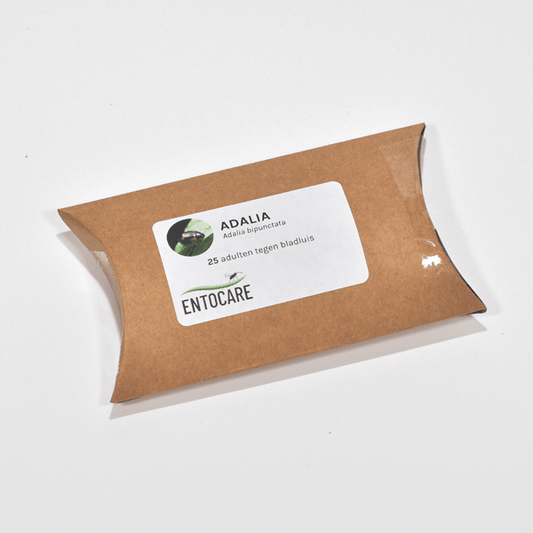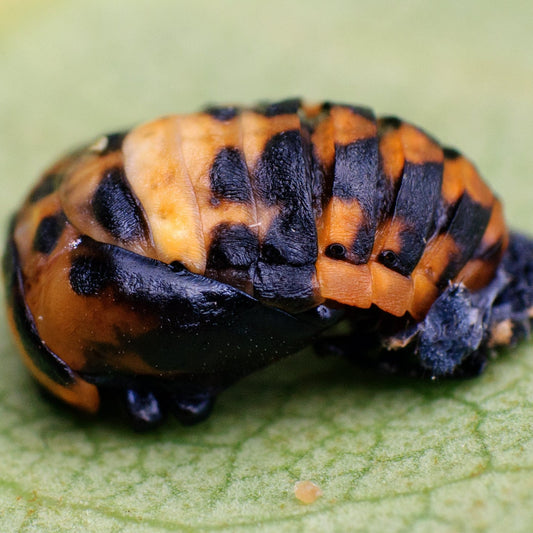
Common aphid species
How to recognize aphids
Aphids belong to the suborder of Sternorrhyncha, like whiteflies, mealybugs, soft- and armoured scales. All species that belong to Sternorrhyncha feed on plant saps. They puncture the phloem vessels of plants with their mouthparts and take up large amounts of plant saps. The surplus of sugars is excreted as honeydew. The honeydew makes the plant and its surroundings sticky. This is usually the first sign of aphid presence. Aphids are often found in the top of the plant, on leaf- and flower buds. Also, the underside of leaves is a preferred sheltering place.
There are many different aphid species, including a large number of harmful species. Aphids can be found indoors in homes and greenhouses or outdoors in gardens and on trees in forest and streets. Aphid species can vary a lot: there are green, red, yellow, black, large or very small aphid species. They reproduce very quickly into large colonies. Aphid species can be distinguished by several characteristics: body colour, body shape, leg colour, antennae colour, colour and shape of siphons, and shape and length of their cauda (tail).
A way to recognize aphid presence is by the white, empty skins they leave on plants after molting. This is dead material and can be used as an indicator of aphid presence.
Aphid damage
Aphids use their stylet to suck plant saps from leaves. Leaf damage can lead to early leaf drop. This will decrease plant growth and yield. The feeding can also result in allergic reaction causing deformations. The surplus of sugars that aphids ingest are excreted as honeydew. This sticky substance acts as a growth medium for black sooty mold fungus. In addition, aphids are known to transmit plant viruses.

Foxglove aphid, Characteristics for the identification of aphid species
Biological control of aphids
-
ADALIA BULK
-
ADALIA larvae - 100
-
ADALIA larvae - 250
-
ADALIA larvae - 30
Vendor:Entocare eigen kweekRegular price €10,38 EURRegular priceUnit price / per€10,38 EURSale price €10,38 EUR -
ADALIA larvae - 50
Vendor:Entocare eigen kweekRegular price €20,00 EURRegular priceUnit price / per€20,00 EURSale price €20,00 EUR -
ADALIA ladybirds - 100
-
ADALIA ladybirds - 25
Vendor:Entocare eigen kweekRegular price €27,25 EURRegular priceUnit price / per -
ADALIA pupae - 25
